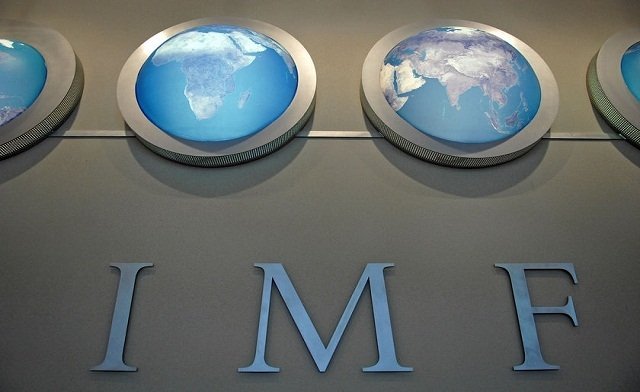WASHINGTON D.C. – The International Monetary Fund (IMF) has sharply downgraded its global economic growth forecast for this year and next, citing the significant and rapidly escalating impact of widespread tariffs imposed by the United States. The multilateral lender’s latest World Economic Outlook, released today, paints a considerably gloomier picture than its January projections, warning of a “new era” of economic fragmentation and increased uncertainty.
The IMF now projects global GDP to expand by just 2.8% in 2025 and 3.0% in 2026, a substantial 0.5 and 0.3 percentage point reduction respectively from its previous estimates. This downward revision reflects the Fund’s assessment of the damaging effects of the sweeping tariffs enacted by the Trump administration on nearly all trading partners, coupled with retaliatory measures.
“A New Era” of Economic Reset:
“We are entering a new era as the global economic system that has operated for the last 80 years is being reset,” stated IMF Chief Economist Pierre-Olivier Gourinchas during a press briefing. He emphasized that the abrupt increase in tariffs and the ensuing policy unpredictability are major drivers of the deteriorating outlook. “If sustained, increasing trade tensions and uncertainty will significantly slow global growth,” Gourinchas warned, noting that the recent U.S. tariff announcements have more than halved the Fund’s outlook for global trade growth this year.
The IMF’s analysis, based on policies implemented up to April 4th, reveals a broad negative impact across the globe. Notably, the forecast does not fully incorporate the latest escalations in tariffs, suggesting that the actual economic fallout could be even more severe if current trends persist.

US Growth Outlook Decimated:
The United States, the instigator of the widespread tariffs, is projected to experience a particularly sharp economic slowdown. The IMF has slashed its growth forecast for the U.S. to a mere 1.8% this year, a dramatic 0.9 percentage point reduction from January. Growth is expected to cool further to 1.7% in 2026. The Fund attributed this decline to “greater policy uncertainty, trade tensions, and softer demand momentum.” Simultaneously, the IMF has significantly raised its inflation forecast for the U.S. to 3.0% this year, anticipating that tariffs will contribute to broader price increases.
Global Trade Grinds to a Halt:
The repercussions of the tariff wars extend far beyond the U.S. The IMF has drastically cut its forecast for global trade growth to just 1.7% this year, more than half the 3.8% growth seen in 2024. This stark reduction underscores the damaging impact of trade barriers on international commerce and supply chains.
Major U.S. trading partners are also facing significant downgrades:
- China: Growth forecast lowered to 4.0% for both 2025 and 2026, down from previous estimates, as increased government spending struggles to fully offset the tariff impact.
- Mexico: Projected to contract by 0.3% this year, a staggering 1.7 percentage point reduction, before a modest recovery in 2026.
- Canada: Growth outlook also sharply reduced.
- Eurozone: Growth forecast trimmed to 0.8% in 2025 and 1.2% in 2026, with Germany now expected to see zero growth this year.
Risks of Financial Instability Loom:
Beyond the direct impact on economic growth and trade, the IMF also cautioned about increasing risks to global financial stability. The heightened policy uncertainty and volatile markets could strain financial institutions and trigger sharp asset price corrections.
The IMF’s stark warnings underscore the profound risks posed by escalating trade tensions and call into question the sustainability of a global economic system increasingly fractured by protectionist policies. The coming months will be critical in observing the real-world consequences of these tariffs and the potential for a coordinated international response to mitigate the looming economic slowdown.
